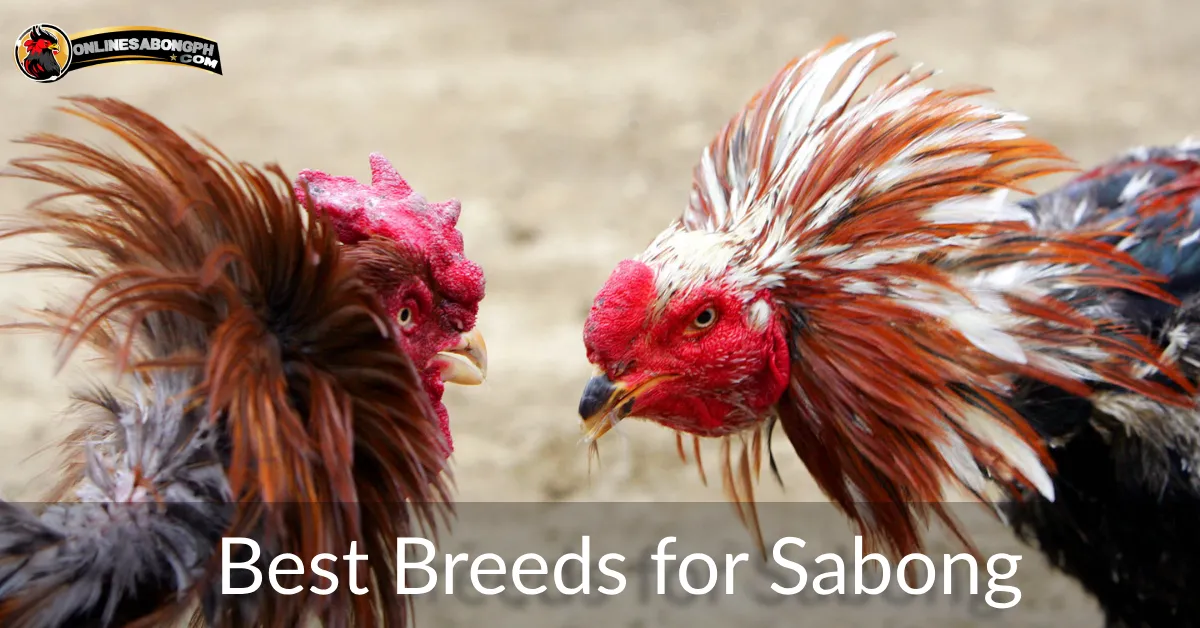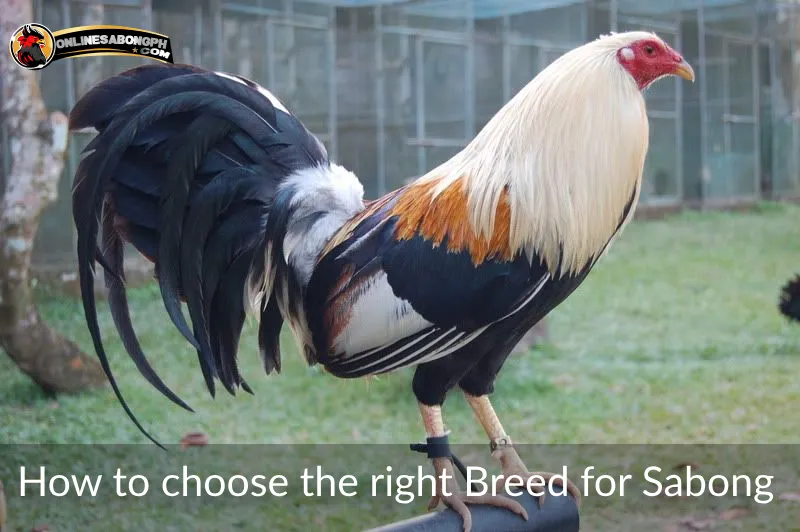Sabong, or cockfighting, is more than a sport—it’s a tradition deeply rooted in many cultures. Despite controversies, its cultural value is significant. Success in sabong largely depends on choosing the right breed, each with unique strengths. This guide highlights the top breeds, explaining their qualities and advantages in the sport.
Best Sabong Breeds
Popular Sabong Breeds and Their Traits
| Breed | Origin | Key Strengths | Distinctive Features |
| Asil | India | Incredible tenacity, endurance, power | Tall, upright, hard-hitting style |
| Kelso | USA (Walter Kelso) | Intelligence, agility, power, cutting ability | All-around fighters |
| Hatcher (Hatch) | USA | Exceptional power, hard-hitting strikes | Various bloodlines (McLean, Grey, etc.) |
| Roundhead | Varies | Speed, aggression, gameness | Versatile, bloodline-dependent |
| Sweater | USA (Sweater McGinnis) | Agility, intelligence, adaptability | High stance, versatile fighting style |
| Shamo | Japan | Intimidating size, power, focused aggression | Upright stance, nearly featherless neck |
| Malay | Southeast Asia | Tallest breed, skilled in airborne attacks | Long neck and legs |
| Claret | Varies | Power, intelligence | Wine-red plumage, bloodline-dependent |
| Lemon 84 | Varies | Speed, hard-hitting strike | Unique lemon-colored feathers |
| White hackle | Varies | Agility, cutting ability, fearless | Distinctive white neck feathers |
| Radio | Varies | Powerful kicks, unwavering aggression | Reddish-orange feathers with black markings |
| Law Grey | USA (Judge Law) | Intelligence, power, high-station stance | Unique grey plumage |
What Breeds are Best For Sabong?
For centuries, dedicated breeders have crafted the ultimate avian warriors. Breeds like Asil, Kelso, Hatcher (Hatch), Roundhead, Sweater, Shamo, and Claret represent the pinnacle of cockfighting bloodlines, embodying centuries of selective breeding for combat.
Best Breeds for Sabong
Their Attributes:
Asil
- Strengths: Incredible endurance, tenacious fighting spirit, powerful strikes, upright posture for dominance.
- Uniqueness: One of the oldest cockfighting breeds, originating in India and Pakistan. Valued for their purity and “gameness” (willingness to fight to the end).
- Physical: Tall, upright stance, strong legs, hard feathers, minimal feathering on the neck and head, often with pea combs.
- Behavioral: Extremely tenacious, high pain tolerance, dominant and fearless, known for their hard-hitting fighting style.
Kelso
- Strengths: All-around fighters, intelligent, agile, powerful with accurate cutting ability.
- Uniqueness: Bred for their exceptional fighting technique, not just brute strength. Kelsos adapt well to different opponents.
- Physical: Medium build, strong legs, good feather quality, diverse coloration depending on bloodline.
- Behavioral: Intelligent, agile, adaptable, shuffling movements, known for accurate cuts and powerful finishing strikes.
Hatcher (Hatch)
- Strengths: Renowned for their devastating power and hard-hitting strikes. Various bloodlines emphasize different fighting styles.
- Uniqueness: American breed known for aggression. McLean Hatch, Blueface Hatch, and Grey Hatch are some famous bloodlines.
- Physical: Vary depending on bloodline, but generally powerful build, strong beak, thick legs for powerful strikes.
- Behavioral: Extremely aggressive, unmatched power, hard-hitting, relentless fighters.
Roundhead
- Strengths: Versatile, aggressive, natural fighters known for their gameness.
- Uniqueness: Come in various bloodlines that greatly influence their fighting style (e.g., Lacy Roundheads, Albany Roundheads), adding adaptability.
- Physical: Diverse depending on bloodline, generally compact build, round head shape as the name suggests, varied feather colors.
- Behavioral: Natural fighters, versatile in style, fearless and determined, known for their gameness.
Sweater
- Strengths: Agile, intelligent, adaptable fighters, high-station stance (upright posture).
- Uniqueness: Named for breeder Carol Nesmith (Sweater McGinnis), known for blending different bloodlines to create versatile fighters.
- Physical: Upright stance, athletic build, good feather quality, varied coloration, with Sweater Grey being a popular bloodline.
- Behavioral: Agile, clever, quick learners, adaptable to different fighting styles, known for their strategic approach.
Shamo
- Strengths: Large, intimidating presence, focused aggression and powerful strikes, upright and nearly featherless for reduced vulnerability.
- Uniqueness: Japanese breed known for their distinctive appearance and power-focused fighting style.
- Physical: Tall, imposing, upright posture, nearly featherless neck and long legs, often with a walnut comb.
- Behavioral: Focused aggression, intimidating presence, powerful strikes, may be slower than some breeds due to size.
Claret
- Strengths: Powerful strikes, intelligence, impressive athleticism.
- Uniqueness: Named for their wine-red plumage, their specific bloodline and breeder greatly influence fighting style.
- Physical: Wine-red plumage, muscular build, powerful legs, and beak.
- Behavioral: Athletic, intelligent, powerful strikes; their specific fighting style depends heavily on their bloodline.
Key Factors in Selecting Sabong Breeds
Choosing the right breed is crucial in sabong. Breeders look for a strong build, powerful legs, and sharp spurs for effective fighting. The ideal rooster is aggressive, smart, and in top physical condition thanks to excellent care.
Talisayin Rooster
Body Build
- Strong body: A powerful body is needed for hard strikes and endurance.
- Strong legs: Roosters use legs for powerful kicks.
- Sharp spurs: These are a rooster’s natural weapons.
- Temperament:
- Aggression: A good fighter needs to be fearless and naturally aggressive.
- Intelligence: Smart roosters use tactics, not just strength, in the fight.
Health
- Top Condition: A healthy rooster will fight longer and recover better.
- Good Diet and Care: Proper care is essential for a rooster’s well-being and performance.
Conclusion
Sabong breeds, each with unique qualities, are crucial for success in this competitive sport. From the durable Philippine Gamefowl to the strong Shamo Chicken, selecting the right breed and ensuring their well-being is essential. This guide of Online Sabong PH aims to help both seasoned enthusiasts and newcomers choose and care for the best breeds, emphasizing respect for the animals and the cultural heritage of sabong.



